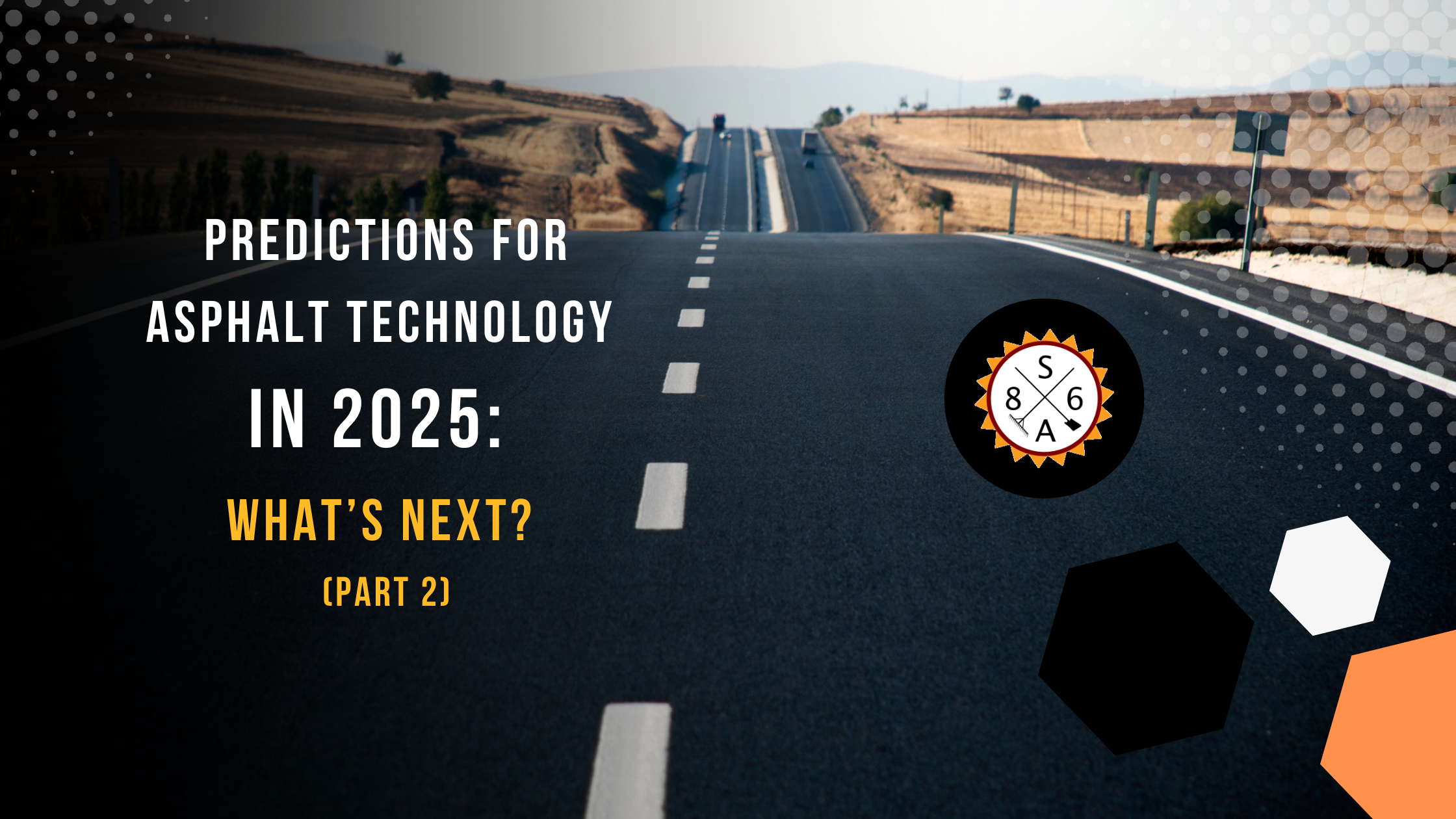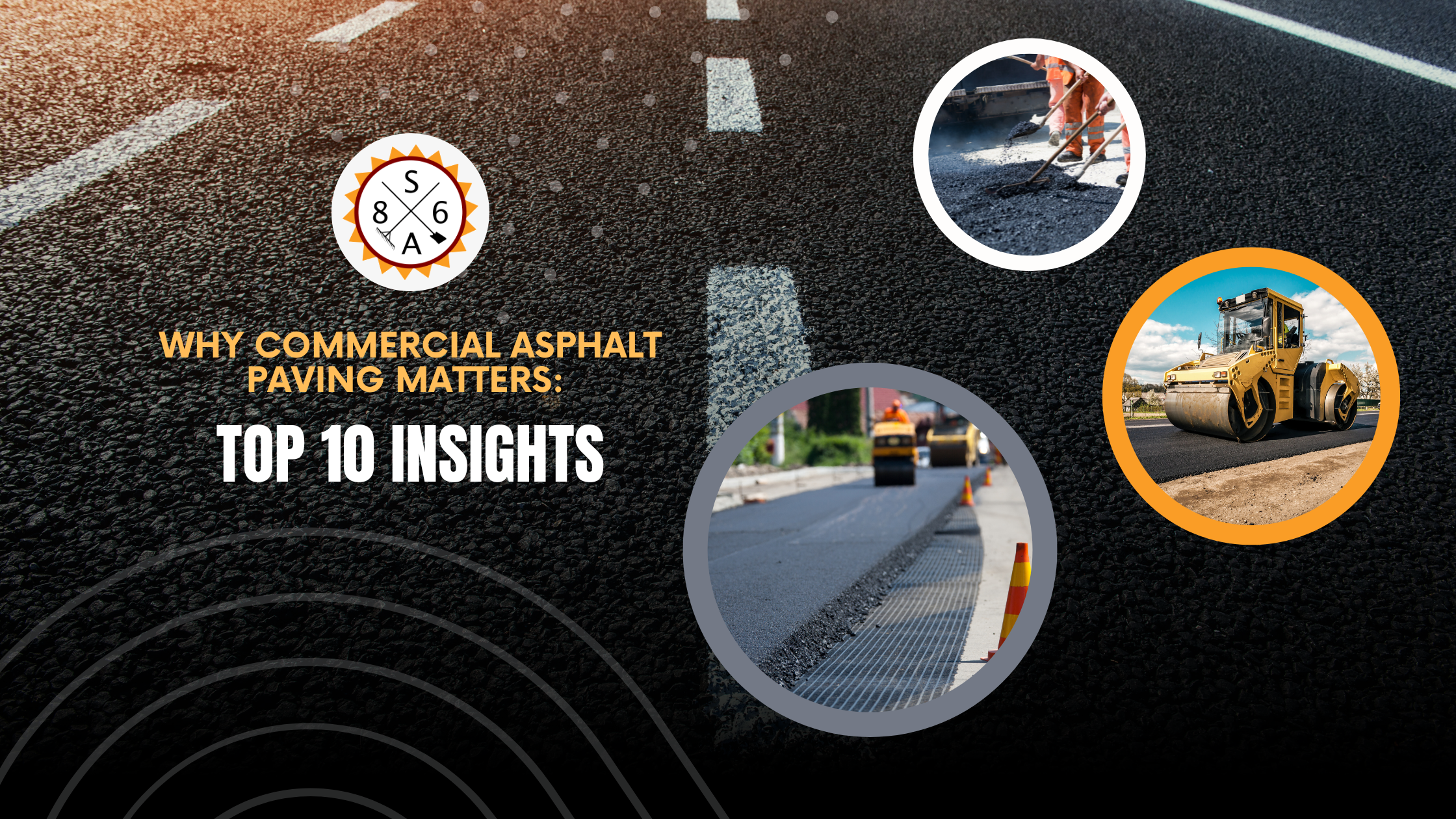
Sep 10, 2025 | Asphalt Paving
When it’s time to repair or replace a driveway, parking lot, or roadway, most property owners start with a quick search: asphalt paving near me. What you’ll find are two main types of options—local contractors and large national paving companies. While both can get...

Oct 21, 2024 | Asphalt Paving
Asphalt has been the backbone of global infrastructure for over a century, but today’s challenges demand more than just a simple, durable surface. In an era defined by climate change, urbanization, and the relentless pursuit of sustainability, the asphalt industry is...

Sep 28, 2024 | Asphalt Paving
Asphalt technology has seen significant advancements over the past few years, and 2025 is set to be no different. With the increasing focus on sustainability, cost efficiency, and infrastructure longevity, the asphalt industry is poised to embrace innovations that...

Jul 29, 2024 | Asphalt Paving
Commercial paving is a crucial aspect of property management for both businesses and homeowners. The quality of your pavement affects not only the aesthetics of your property but also its safety, functionality, and value. Whether you are a business owner looking to...

May 14, 2024 | Asphalt Paving
With Colorado’s unique climate and altitude, caring for your asphalt pavement requires special attention, especially after the challenging winter months. As temperatures rise and the snow melts away, spring presents the ideal time to inspect and maintain your...









